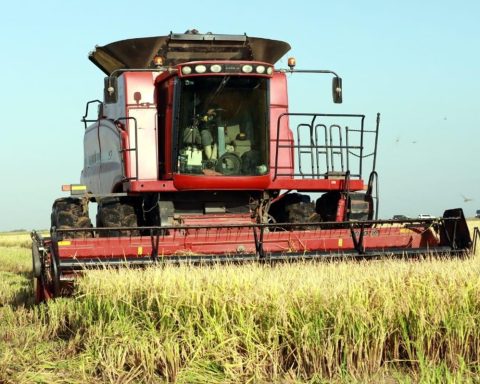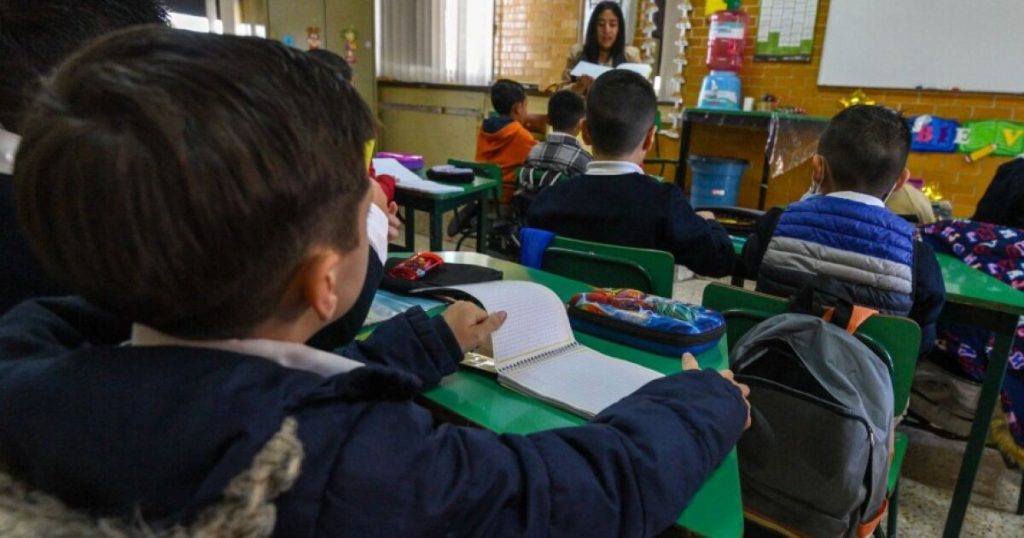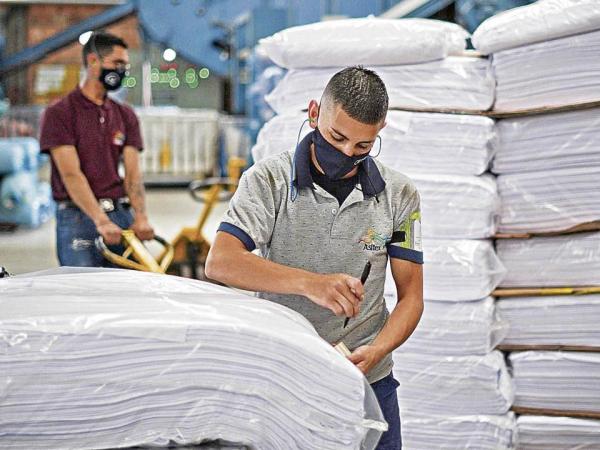MIAMI, United States. – The Official data for August 2024 on inflation in Cuba confirm two previous trends and reveal a new “anomaly,” according to An analysis by Cuban economist Pedro MonrealAlthough monthly price growth has shown a moderation since May of this year, year-on-year inflation remains on a “plateau” of between 30% and 34%, a figure that, according to the economist, is “very high and questions the official narrative that there is ‘progress’ in macroeconomic stability.”
Monreal recalled that in August 2024, monthly inflation reached a figure that represents the third consecutive fall since May, a behavior that resembles a similar phase between May and August 2023. However, despite this slowdown, the situation of stagflation —a combination of economic stagnation and inflation— persists in the country, the economist stresses.
One of the most surprising aspects of the August statistics is the reduction in the effect of food prices on overall inflation, something unusual, since food has traditionally been a key factor in price increases. “Unlike the typical situation, in August there are six other divisions that had a greater effect on monthly inflation,” says Monreal.
Although food prices have shown a significant slowdown, with a monthly increase of just 0.02% in August, the year-on-year figure remains high, at 34.9%. Monreal wonders whether this change is a temporary “blip” or an indication of a deeper transformation in the country’s economic dynamics.
The economist also identifies several factors that could be influencing the moderation of food inflation, such as the compression of labor remuneration. According to Monreal, the fall in the proportion that wages represent in the Gross Domestic Product (GDP) has limited the purchasing power of families, which in turn could be moderating the demand for food. “The normalization of mass poverty is placing limitations on family spending,” he explains.
In addition, the relative stabilization of the informal exchange rate could also have contributed to containing the increase in prices in non-state food markets. “The combination of a more stable exchange rate and a greater weight of the non-state sector in retail sales could have moderated the transfer of the devaluation to prices,” he points out.
The economist also criticizes the outdated structure used to calculate the consumer price index (CPI). Although the government He acknowledged that Cuban families spend more than 70% of their budget on foodthe official calculation is still based on a 2010 expenditure structure, which estimates that food represents only 31.62%. “This obsolete calculation basis underestimates the real growth in prices,” says Monreal.
Finally, the economist points out that the sample used to capture product prices could be under-representing agricultural markets and non-urban areas, which would also affect the accuracy of official statistics. “Only 4% of the establishments surveyed are agricultural markets, which are precisely those that sell products with reduced offers due to the crisis in the national agricultural sector,” he adds.
In conclusion, although official data for August suggest a moderation in price growth, inflation remains high and economic stagnation persists. Monreal warns that “it is still early to confirm a change in the leadership of food prices in general inflation,” and that more time will be needed to assess whether this behavior is sustainable.

















